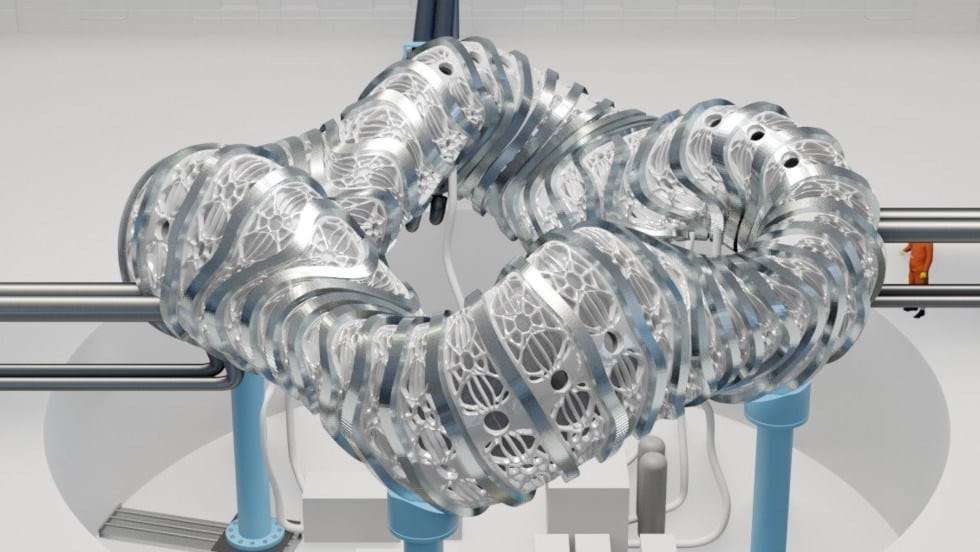Fusion development hots up as Type One Energy plans stellarator prototype

Pilot plant earmarked for contruction in Tennessee, as commercialisation of fusion energy moves a step closer
A STELLARATOR fusion pilot plant has been earmarked for construction at a former coal-fired power station in Tennessee, US, potentially pushing fusion energy closer to commercialisation.
Fusion energy firm Type One Energy plans to build its stellarator prototype, Infinity One, at the Bull Run Fossil Plant, which halted operations in December.
The “second generation” facility will look to build on the previous success of stellarator-backed fusion trials, with a wider focus on developing the environment required for sustaining fusion power.
Type One Energy is working with Oak Ridge National Laboratory (ORNL) on the project to further the firm’s FusionDirect technology programme.
Mickey Wade, an associate laboratory director at the fusion and fission energy and science directorate at ORNL, said the “substantial progress” that has been made in the field provided a fantastic platform.
“What scientists have learned about the physics of what governs the performance of stellarators has resulted in substantial progress in recent years, demonstrated by record performance achieved in the Wendelstein 7-X stellarator in Germany.”
Wade added that Type One Energy’s stellarator will be a risk reduction facility. Type One Energy expects construction of Infinity One to begin in 2025 and intends to make fusion power commercial over the next decade.
The current state of fusion
Fusion initiatives around the world have already found experimental success with both tokamaks and inertial confinement fusion.
Tokamaks use magnetic coils to create three magnetic fields inside the reactor that control and shape plasma into a torus shape. The fields keep the plasma in constant motion to ensure the atoms in the plasma do not escape.
One of the longest-running tokamak experiments, the Joint European Torus (JET) plant, produced a world record for energy output in its final experiments before being decommissioned last year. Operated by the Culham Centre for Fusion Energy, JET consistently produced power for five seconds, producing an output of 69 MJ. The plant is now undergoing a 16-year decommissioning process after operating for 40 years.
Meanwhile, inertial confinement fusion involves heating a capsule of fuel with a series of high energy lasers. In 2022, researchers at the US Department of Energy’s Lawrence Livermore National Laboratory made a breakthrough by triggering fusion ignition for the first time. A pellet of fuel containing a peppercorn-sized mix of deuterium and tritium was heated inside a pencil eraser-sized cyclinder called a hohlraum, producing more energy than was delivered by the 192 lasers.
The age of the stellarator
In contrast to tokamaks, stellarators use external coils to generate a twisting magnetic field to control the plasma.
Operational tokamaks outstrip stellarators five to one which, according to a study of the two, may be down to the technical simplicity of constructing tokamaks. However, the study found that stellarators could be more attractive for fusion power due to their steadier handling of plasma. Stellarators also require less energy input to sustain plasma.
One of the most advanced experimental stellarators in the world is the Wendelstein 7-X (W7-X) at the Max Planck Institute for Plasma Physics in Germany. Last year, operators achieved an energy turnover of 1.3 GJ and maintained the plasma for eight minutes.
W7-X is currently under maintenance and set to resume experimental operations in the middle of the year. The institute expects W7-X to generate plasmas that are stable for half an hour. The plant is purely experimental, however, and is only focused on developing plasma management.
This article is adapted from an earlier online version.
Recent Editions
Catch up on the latest news, views and jobs from The Chemical Engineer. Below are the four latest issues. View a wider selection of the archive from within the Magazine section of this site.




